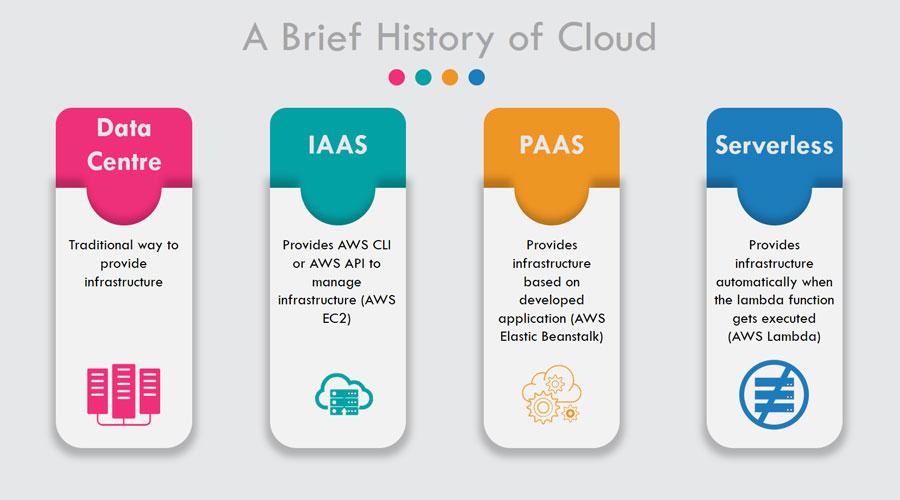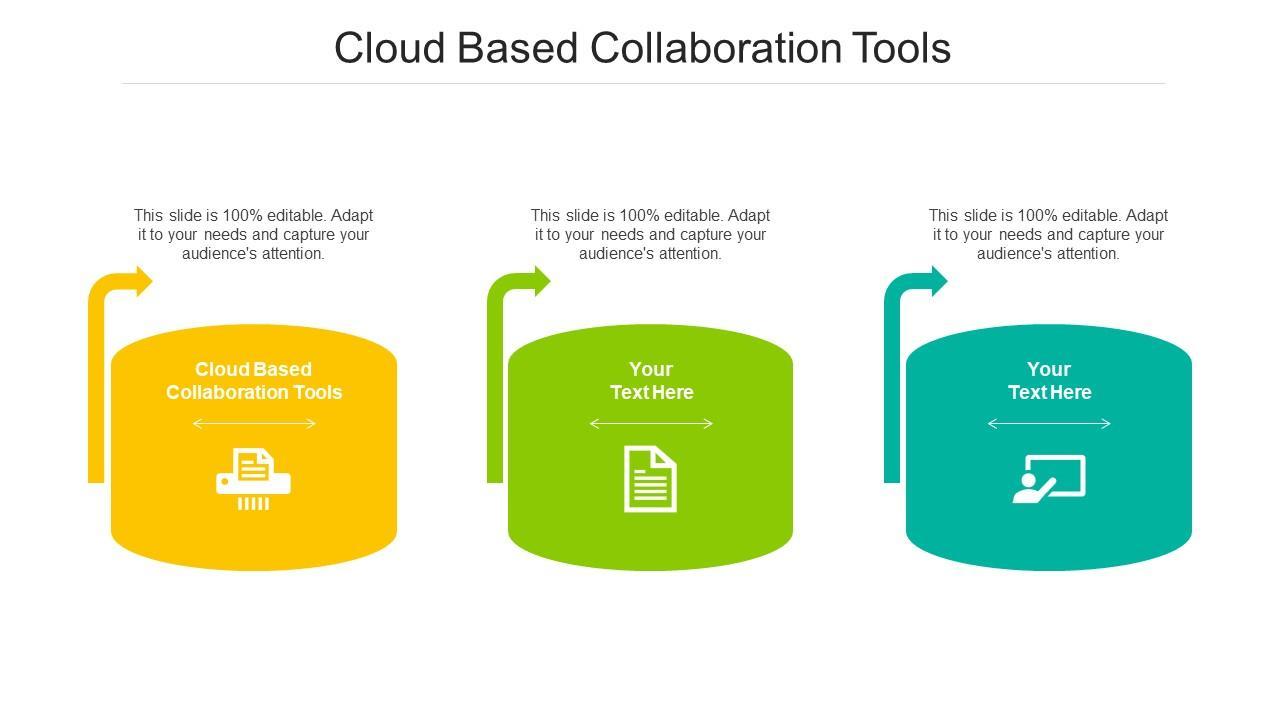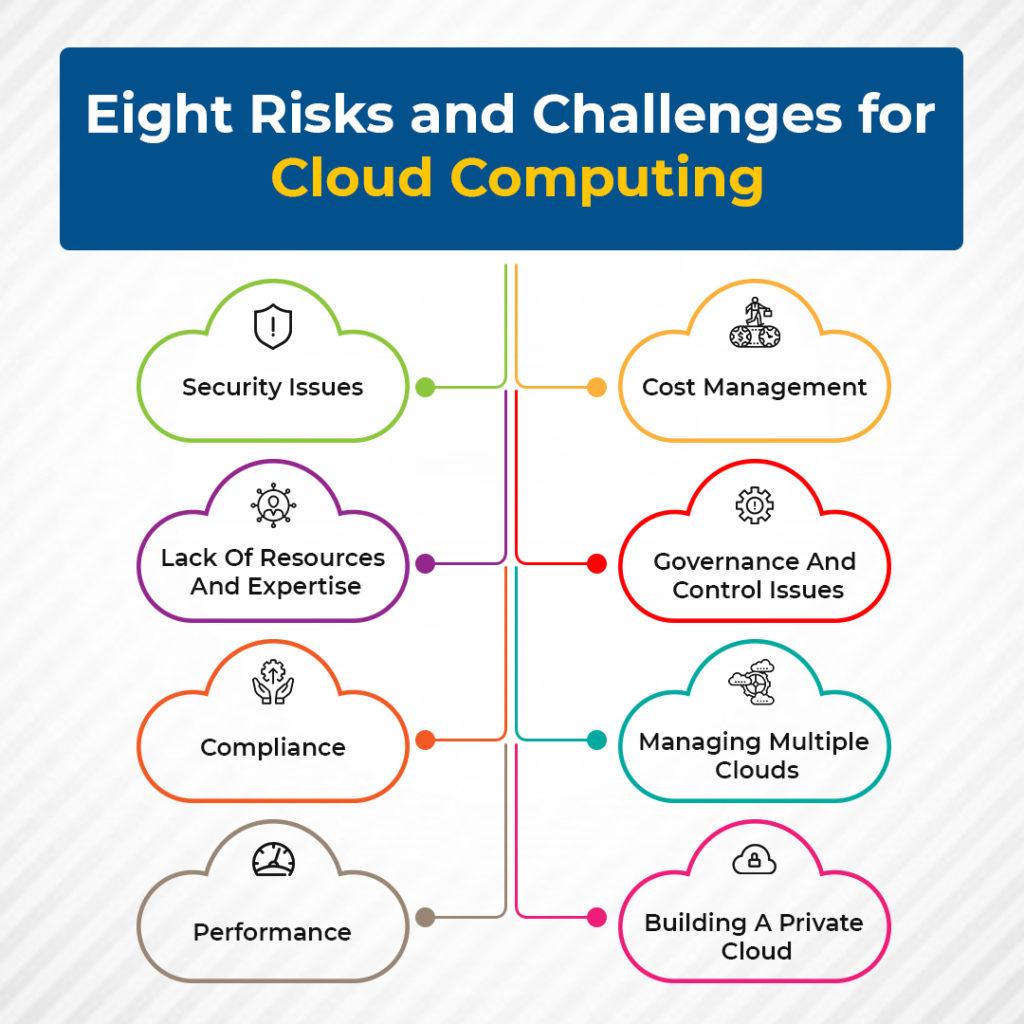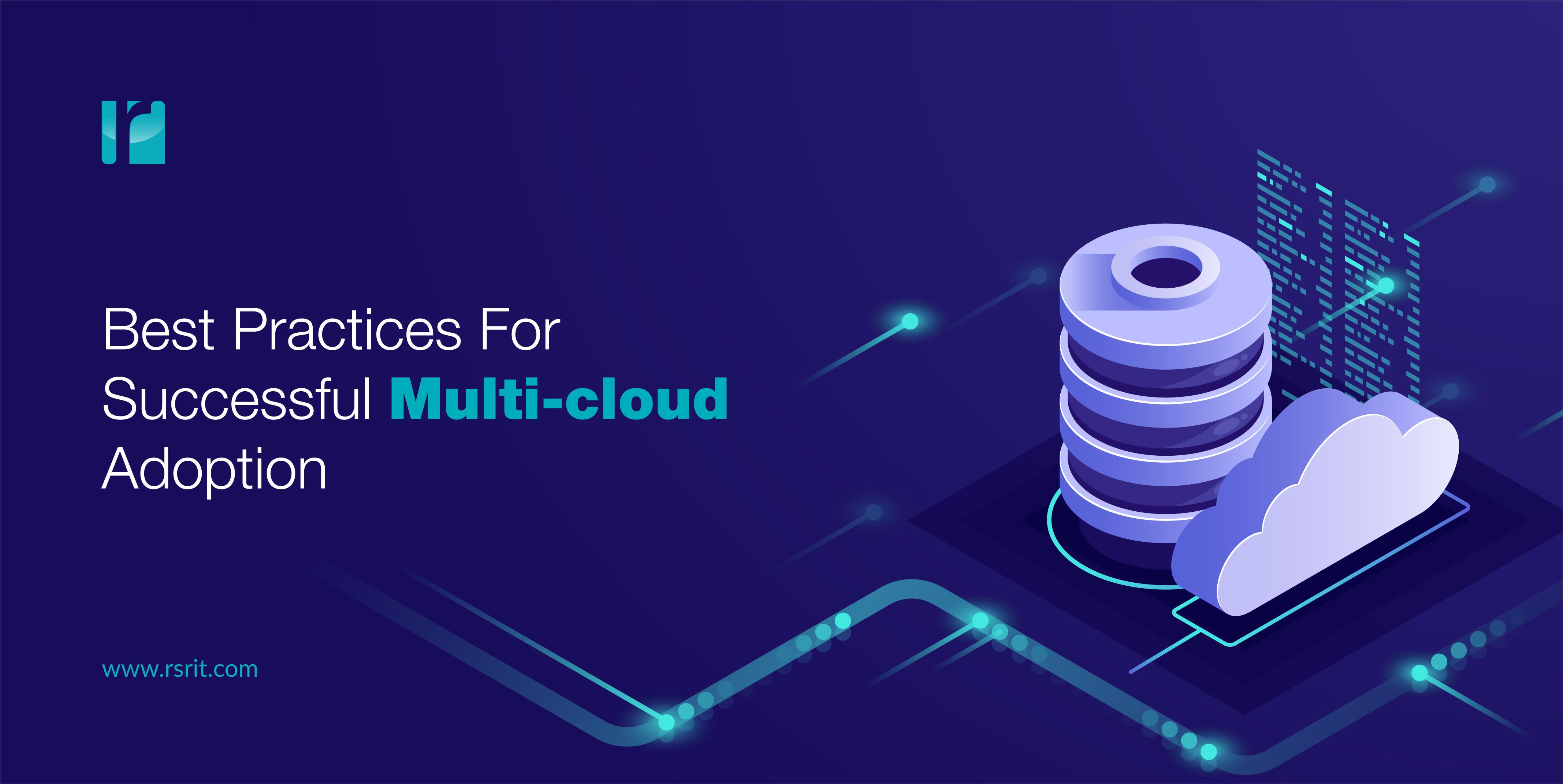In the ever-evolving world of technology, few innovations have sparked as profound a transformation as cloud computing. What began as a futuristic concept has swiftly become the backbone of modern digital infrastructure, reshaping how businesses operate, how data is managed, and how creativity flourishes. As the clouds silently gather above our physical servers and personal devices, they carry wiht them limitless possibilities—dissolving conventional boundaries and unlocking new realms of efficiency and innovation. Exploring this silent revolution offers a glimpse into the future of tech, where computing power is no longer confined by hardware but liberated in the boundless expanse of the cloud.
The Evolution of Cloud Infrastructure and Its Impact on Business Agility
Over the past decade, cloud infrastructure has transformed from a mere storage solution into a dynamic backbone that accelerates innovation and responsiveness across industries. Businesses now leverage on-demand computing power, scalable resources, and advanced automation tools to swiftly adapt to market shifts and customer demands. This shift is not just technological but strategic—empowering companies to experiment,iterate,and deploy new ideas without the traditional constraints of physical hardware or lengthy provisioning cycles.
Key factors driving this revolution include:
- Elastic Scalability: Resources scale automatically with workload demands, preventing over-provisioning and under-utilization.
- Global Accessibility: Cloud platforms provide consistent,high-speed access to services from anywhere,fostering collaboration across geographies.
- Integrated AI and Analytics: Embedded tools allow real-time insights and predictive modeling, enhancing decision-making agility.
| feature | Impact on Business | Exmaple |
|---|---|---|
| Serverless Computing | Reduces operational overhead and accelerates deployment | AWS Lambda |
| Multi-Cloud Strategy | Enhances reliability and avoids vendor lock-in | Azure Multi-Cloud |
| Edge Computing | Enables faster data processing closer to users | Cisco Edge Solutions |

Transforming Data Management Through Scalable Cloud Solutions
Modern enterprises face the relentless challenge of managing ever-growing data volumes without compromising speed or accessibility. Scalable cloud solutions introduce a paradigm shift by offering dynamic resources that expand and contract based on demand, ensuring organizations only pay for what they use. This elasticity not only reduces operational costs but also accelerates decision-making by enabling instant access to real-time information across distributed teams.
Key advantages driving this transformation include:
- Agility: Rapid provisioning and deployment of infrastructure to meet evolving business needs.
- Security: Advanced encryption and compliance frameworks, often exceeding traditional on-premises safeguards.
- Integration: Seamless compatibility with varied data sources and business applications, enhancing data cohesiveness.
| Feature | Traditional Systems | Cloud Solutions |
|---|---|---|
| Scalability | Limited, costly upgrades | Instant, on-demand |
| Cost Efficiency | High CAPEX | Operational expenditure model |
| Access | Restricted to location | Global, 24/7 availability |
To gain deeper insights into cloud architectures and their impact on data management, resources like AWS Whitepapers and the Microsoft Azure Documentation offer invaluable perspectives for technology leaders and strategists.

Enhancing Collaboration and Innovation with Cloud-Based Tools
Cloud-based tools have revolutionized the way teams collaborate by breaking down geographical and temporal barriers. With platforms like Google Workspace and Microsoft 365,users can concurrently co-edit documents,track project progress in real-time,and seamlessly communicate through integrated chat and video calls. This dynamic environment nurtures creativity by enabling instant feedback loops and fostering inclusive brainstorming sessions regardless of location.
Moreover, innovation is accelerated through easy access to scalable resources and cutting-edge technologies such as AI-driven analytics and automation.Startups and large enterprises alike benefit from:
- Shared virtual workspaces that encourage diverse input
- Automated workflows to reduce manual tasks
- Cloud-integrated advancement environments for quicker prototyping
To better illustrate how cloud tools stack up against traditional collaboration methods, consider the comparison below:
| Feature | Traditional tools | Cloud-Based Tools |
|---|---|---|
| Accessibility | limited to office network | Anywhere with internet |
| Real-time Collaboration | No | Yes |
| Scalability | Fixed infrastructure | Elastic and on-demand |
| Integration | Fragmented | Seamless API connectivity |
By leveraging cloud innovation, teams unlock unparalleled efficiency and creativity, driving both product excellence and business growth. For further insights on cloud collaboration tools, explore resources from Gartner and TechCrunch.

Addressing Security and Compliance Challenges in the Cloud Era
As organizations migrate to cloud platforms, the landscape of security and compliance is undergoing a fundamental shift. Traditional perimeter-based defenses are becoming obsolete in favor of a zero-trust security model, where every access request is authenticated and authorized continuously. This means businesses must rethink identity and access management strategies while implementing multi-layered encryption techniques to protect sensitive data both in transit and at rest.
Compliance frameworks such as ISO/IEC 27001 and the General Data Protection Regulation (GDPR) demand rigorous data governance in cloud environments. to help navigate these challenges, companies often deploy automated compliance monitoring tools and continuous auditing processes that align with regulatory requirements and reduce human error.
| Challenge | Cloud Solution | Benefit |
|---|---|---|
| Data Breaches | End-to-end Encryption | Enhanced Confidentiality |
| Regulatory Compliance | Automated Auditing Tools | Improved accuracy |
| Access Control | Zero-Trust Model | Minimized Insider Risks |
Ultimately, the dynamic and shared duty model introduced by cloud computing propels enterprises toward more agile, clear, and resilient security practices. For a deeper dive into cloud security frameworks and best practices, resources like the NIST Cybersecurity Framework offer invaluable guidance for establishing robust defenses in the modern digital age.

Best Practices for Adopting Cloud Technologies to Drive Growth
When integrating cloud technologies, it’s essential to take a strategic approach that balances innovation with security and cost-efficiency. prioritize scalability and flexibility by selecting cloud services that easily adapt to yoru evolving business needs. This mindset prepares your infrastructure for unexpected growth spurts without the need for costly overhauls.Additionally, fostering a culture of continuous learning within your organization ensures that your team remains adept at leveraging emerging tools — a crucial factor for sustained competitive advantage.
Effective adoption also hinges on robust governance frameworks. Implementing clear policies around data management, user access, and compliance not only protects assets but enhances trust with clients and partners.Utilizing multi-cloud strategies can reduce vendor lock-in risks and optimize performance by matching workloads to the most suitable platforms. Below is a simple framework for evaluating cloud readiness:
| Evaluation Criteria | Key Considerations |
|---|---|
| Infrastructure compatibility | assess existing systems and integration ease |
| Security & Compliance | Align with industry regulations and best practices |
| Cost Management | Budget forecasts and optimization potential |
| Team Skills | Training requirements and talent availability |
| Scalability | Ability to support future growth and demand spikes |
For deeper insights and frameworks on cloud adoption,authoritative resources such as
AWS Architecture center and
Microsoft Azure Cloud Adoption Framework provide invaluable guidance. Adopting cloud technologies strategically allows businesses not just to keep pace with change but to lead their industries by unlocking growth potential efficiently and securely.
To Wrap It Up
as the digital horizon continues to expand, cloud computing stands as a transformative force reshaping the tech landscape in profound ways. From empowering innovation and agility to redefining data management and collaboration, it bridges yesterday’s limitations with tomorrow’s possibilities. While challenges remain, the cloud’s promise of scalability, efficiency, and connectivity signals a future where technology is not just a tool, but a dynamic ecosystem evolving alongside human ingenuity. In embracing this shift, industries and individuals alike step into a new era—one where the sky is no longer the limit, but the beginning of endless potential.




